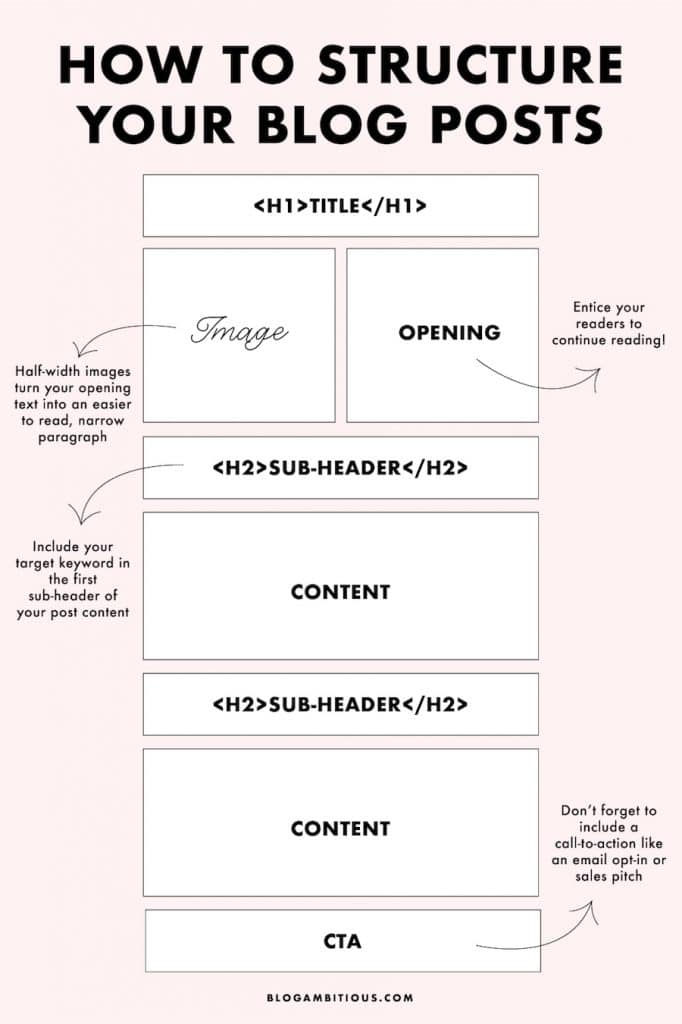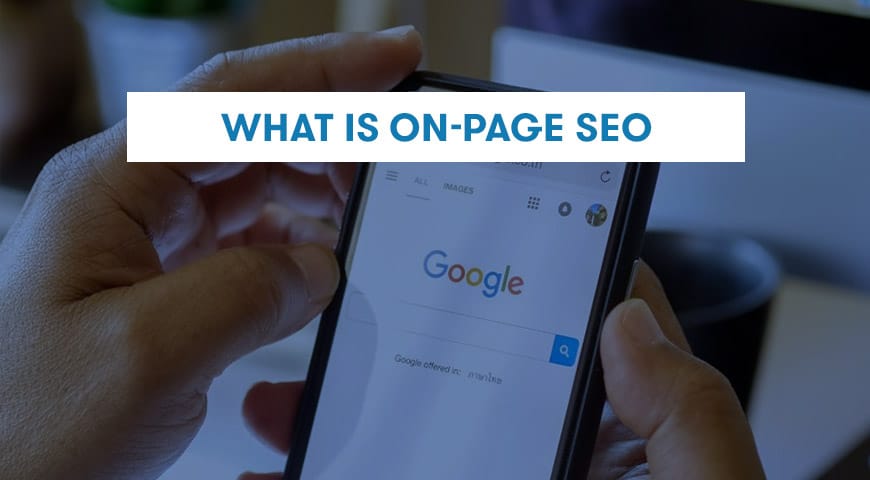What is on-page SEO? Is it enough to follow basic SEO rules? What’s the difference between On-Page SEO and Off-Page SEO? We’ll explain all of that in this article.
To optimize your website for search engines, you basically need to follow two principles, on-page SEO and off-page SEO. These two are very important but they’re different from one another. Also, as search engine update their algorithms, your strategy needs to be updated also. Websites that aim to be on the first page of search engines and have high traffic, need to follow off-page SEO and on-page SEO principles and update their knowledge about SEO. In this article, we will talk about on-page SEO and discuss important factors in on-page optimization.
What is on-page SEO?
On-page SEO is a set of activities that optimizes different sections of your website to improve its ranking in search engines. On-page or on-site SEO, helps you optimize your website details for better indexes in search engines. It also helps to increase the understanding search engines have of your website’s content. Paying attention to the content structure, linking various pages and regular updates, makes search engines pay a lot more attention to your pages. In this article, we will introduce the most important factors in on-page SEO.
The difference between on-page SEO and off-page SEO
Off-page SEO mainly focuses on increasing the credibility of your domain by getting links from different websites. In fact, unlike on-page SEO, off-page SEO is a set of activities that improves your SEO from outside. On-page SEO on the other hand is focused upon improving your site and its content to achieve better results.
Important factors in on-page SEO
If you own a small business or just started your online store, you can easily manage on-page SEO by following a few basics rules. Although, for managing a big business you will need an expert in SEO. To comply with on-page SEO it is necessary to consider some important factors. Below we will introduce a few of them:


Page title
always place keywords related to the content within the title of your pages and meta-titles. This will help Google’s crawlers to better understand and identify the content of the page and display it in future searches.
Heading structure
Headings stand out in a content and give it a structure. Hence, search engines pay a lot of attention to keywords placed in the headings. Try to have targeted keywords within your headings. It’s best practice to use H1 tag once in every page. Also, its best to follow one format and structure, for example, the main title in H1, every few paragraphs in H2 and so on and so forth.
Link structure
If possible, put keywords in your URL structure. But try not to spam these keywords in every single URL. Never change an old URL without redirecting it to a new link. Because you will face 404 error and this will have a negative effect on your SEO.
Picture SEO
WordPress allows you to add a text to your image (alt text). This text will help users to understand the content behind the image. This feature applies when the user’s browser hasn’t downloaded the image yet. At this point, the user and crawlers can understand the image by the alternative text that comes with the image. Google also uses the text on its image search page. So try to put targeted keywords in your alt-texts.
Quality content
Your website’s content must be beneficial to the user. If users are looking for a particular content or article and they come across your website, your content should fully satisfy their needs. To improve the quality of your content, take Google’s behavioral metrics into serious consideration.
User Experience (UX)
User’s experience is the most important factor in on-page SEO and you should pay a lot of attention to it. consider the points below to improve your UX:
- Responsive Design: make your website responsive for mobile and tablet devices.
- Social Media links: Promote your content in social media. Also add social media share buttons. This feature will allow the user to share your content in an instant.
- Speed: make sure your website runs smooth and fast. Use CDN, proper hosting and compress your images. This will improve the speed of your website dramatically
- Use multimedia content: assessing user interest and adding multimedia content that interests the user can improve the user experience on your website



